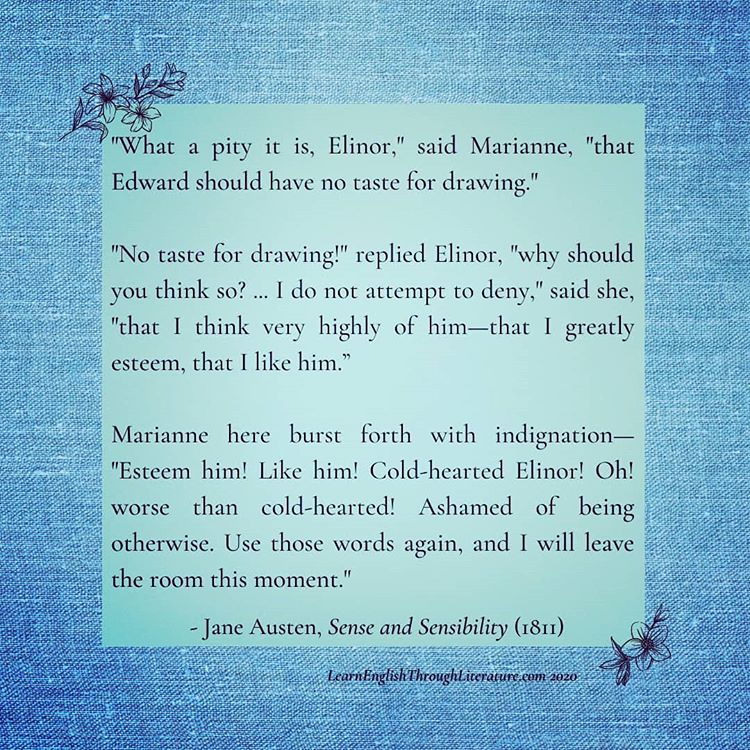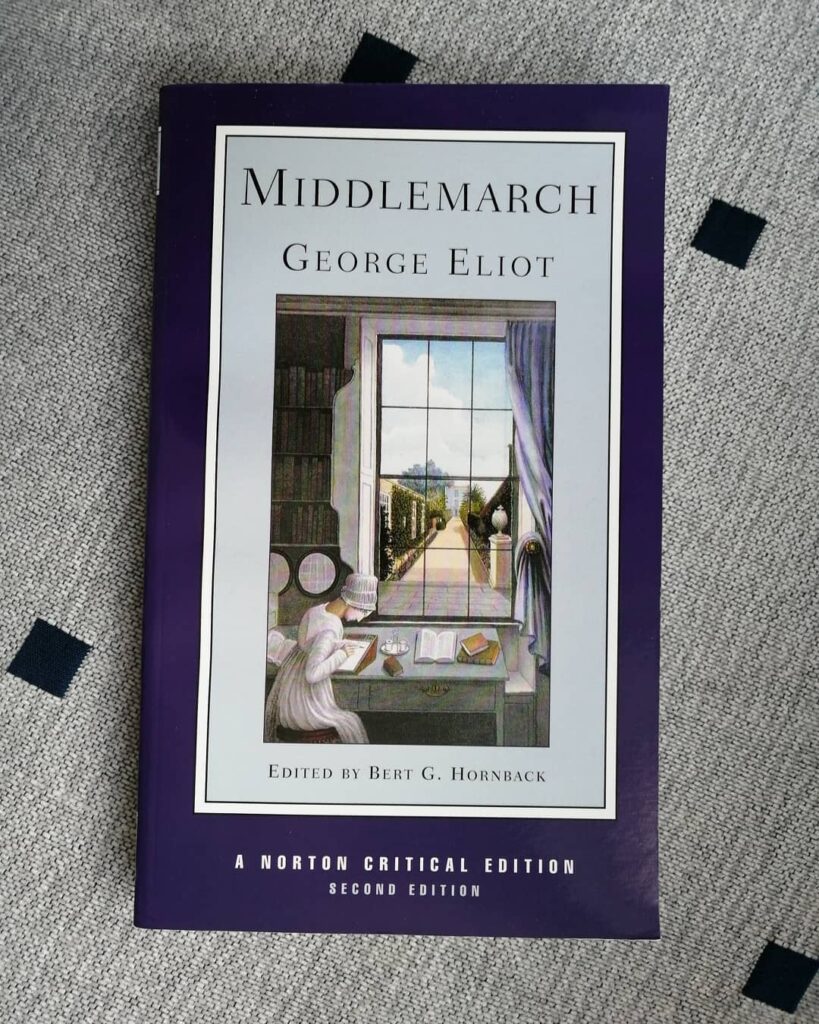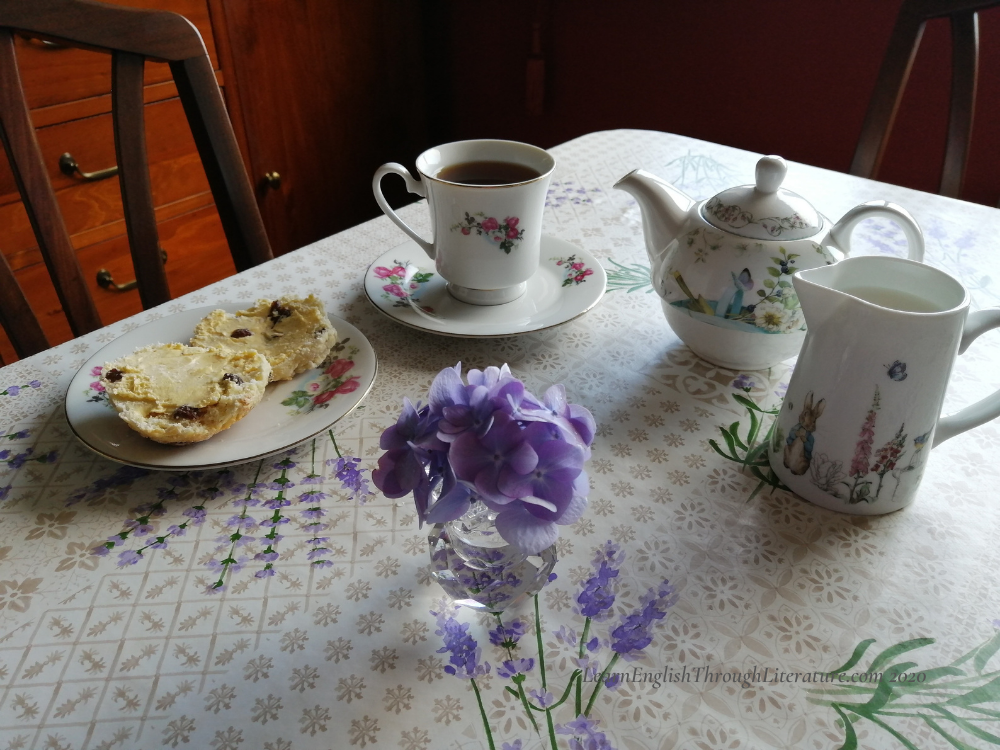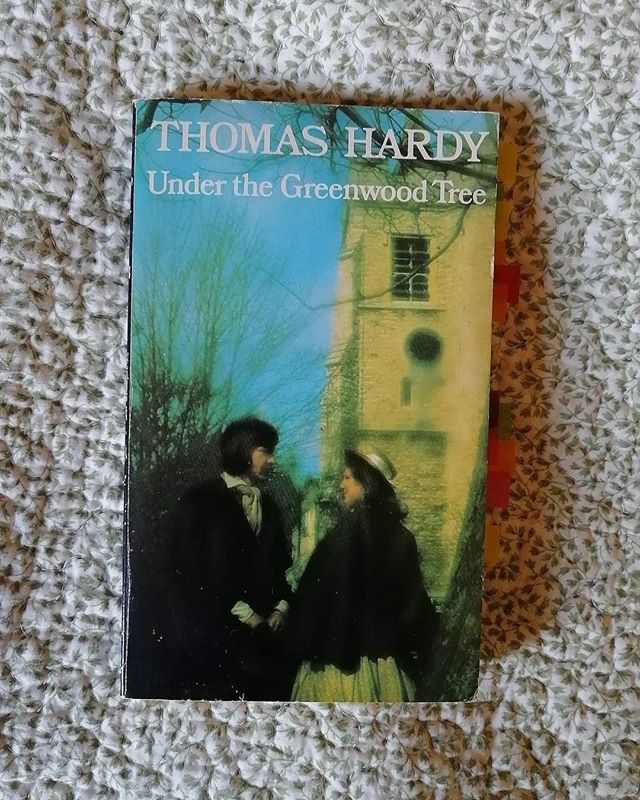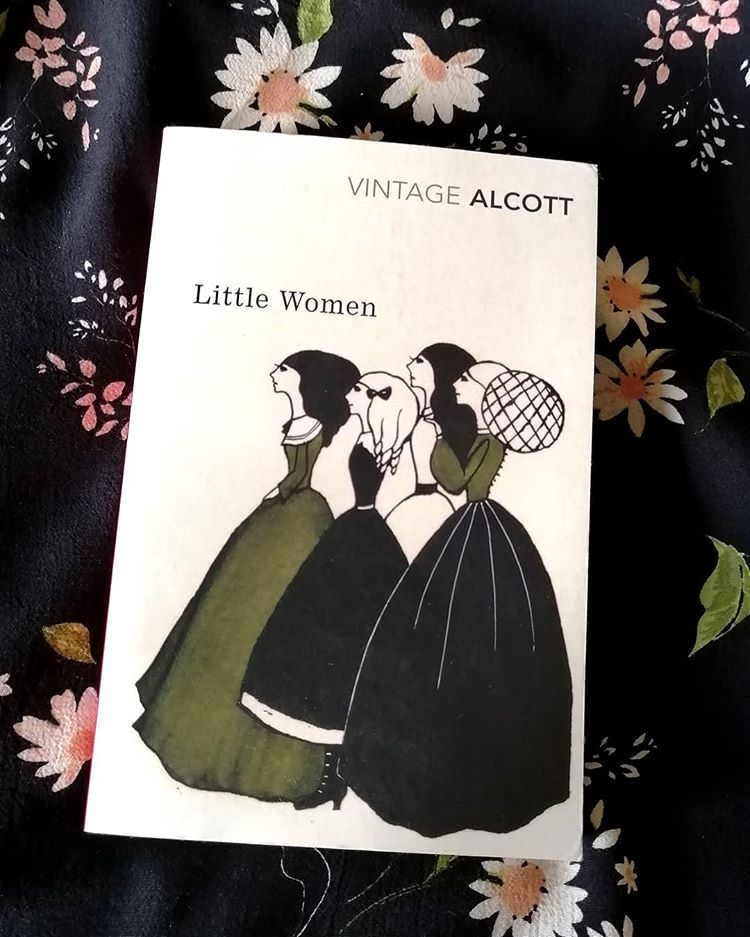Lesson #123: Discovering a Writing Style or Voice That Reflects Personality (Part 2)
In the previous post, we began looking at a passage by Jane Austen (continued below) to consider how she created distinctive voices for different characters: 📙 ‘Marianne was astonished to find how much the imagination of her mother and herself had outstripped the truth. “And you really are not engaged to him!” said she. “Yet […]
Lesson #123: Discovering a Writing Style or Voice That Reflects Personality (Part 2) Read More »

